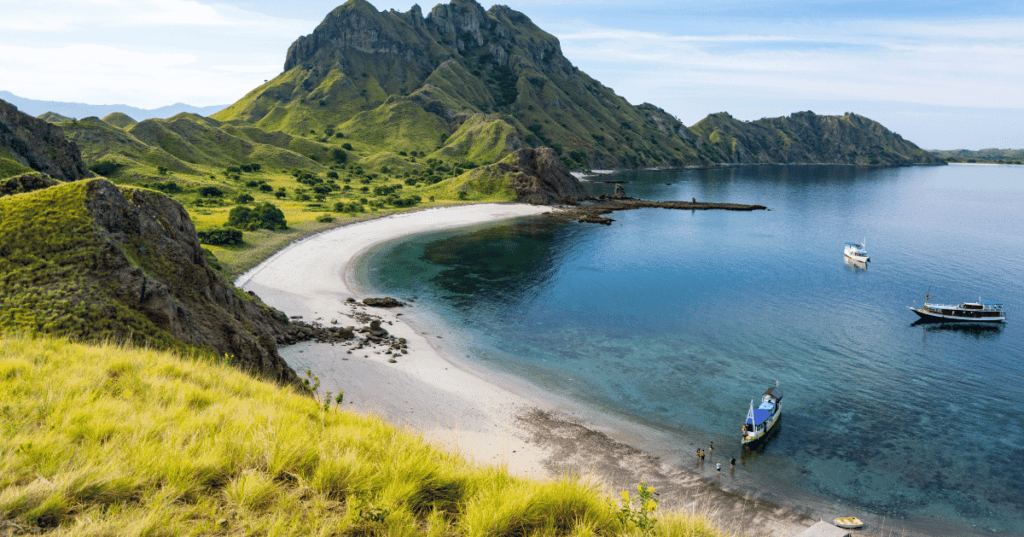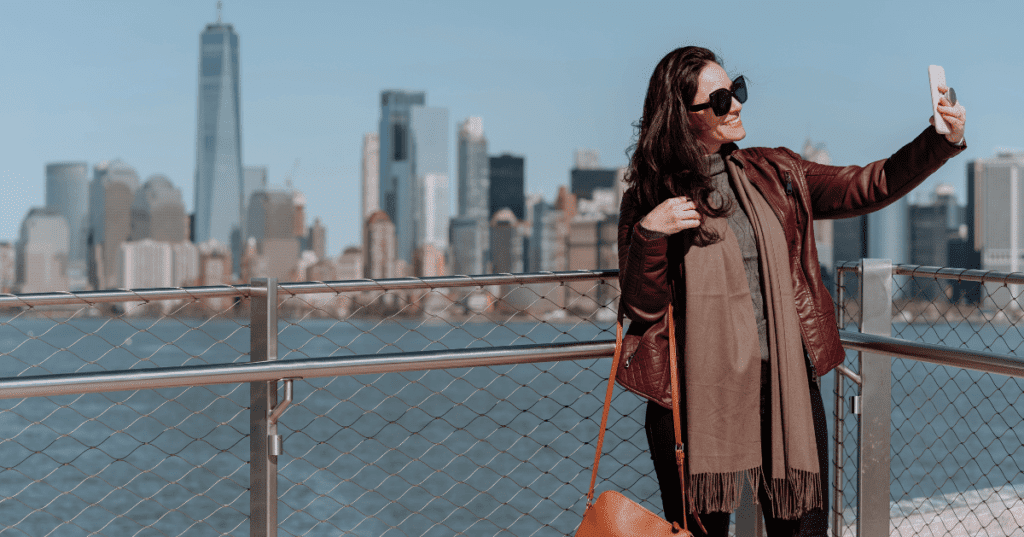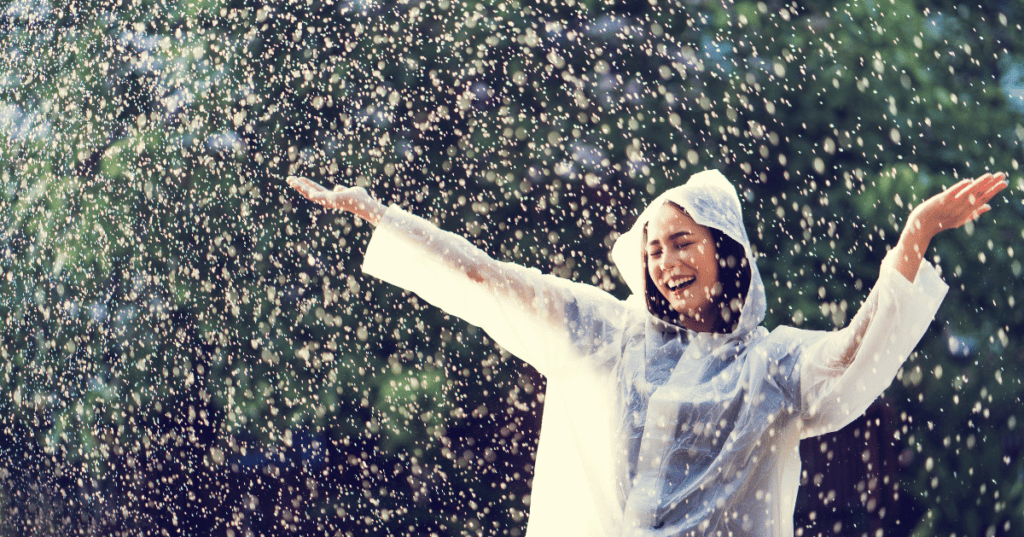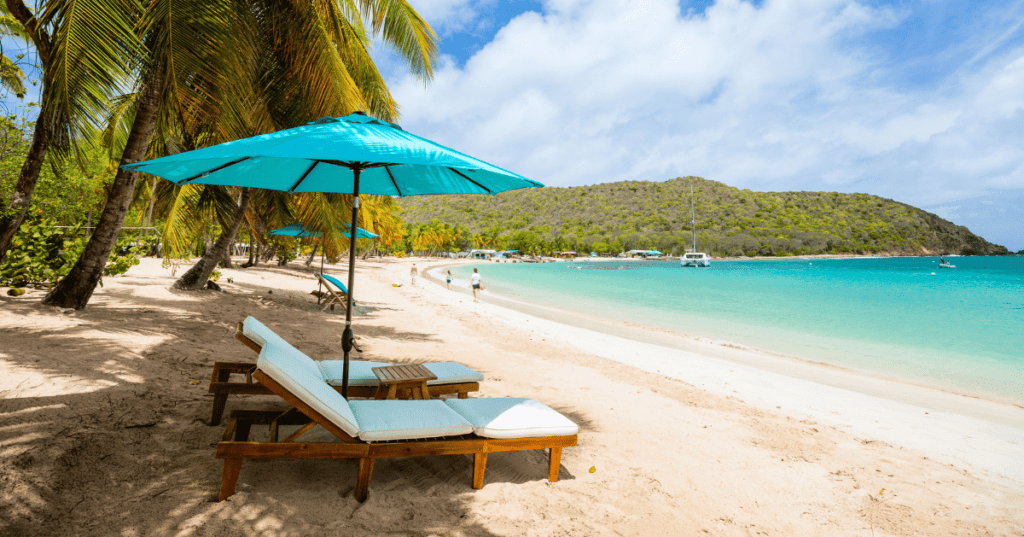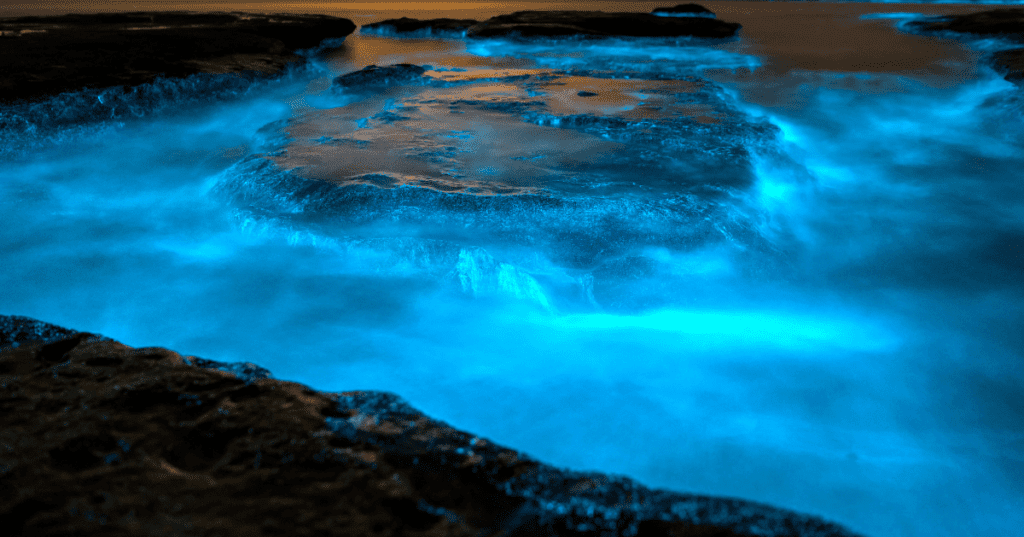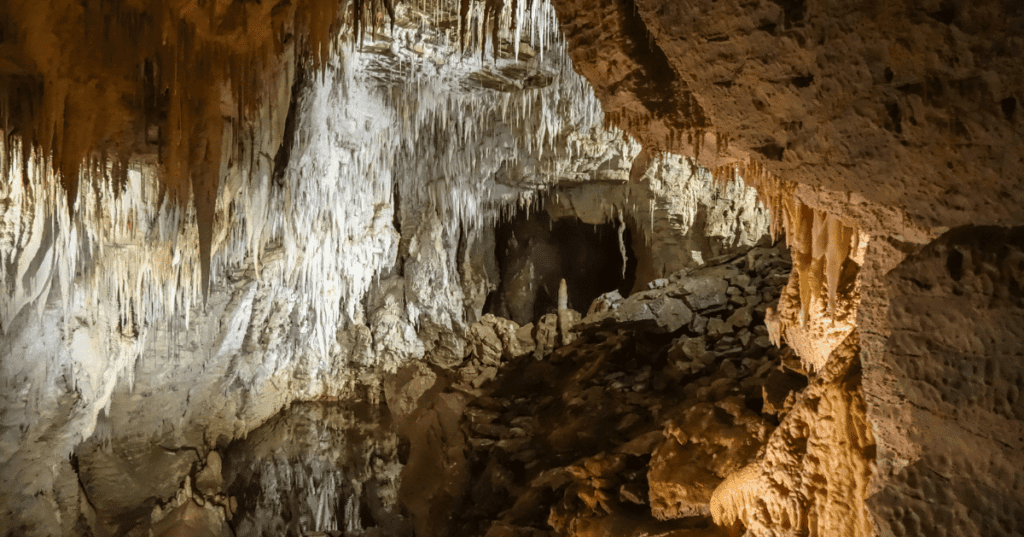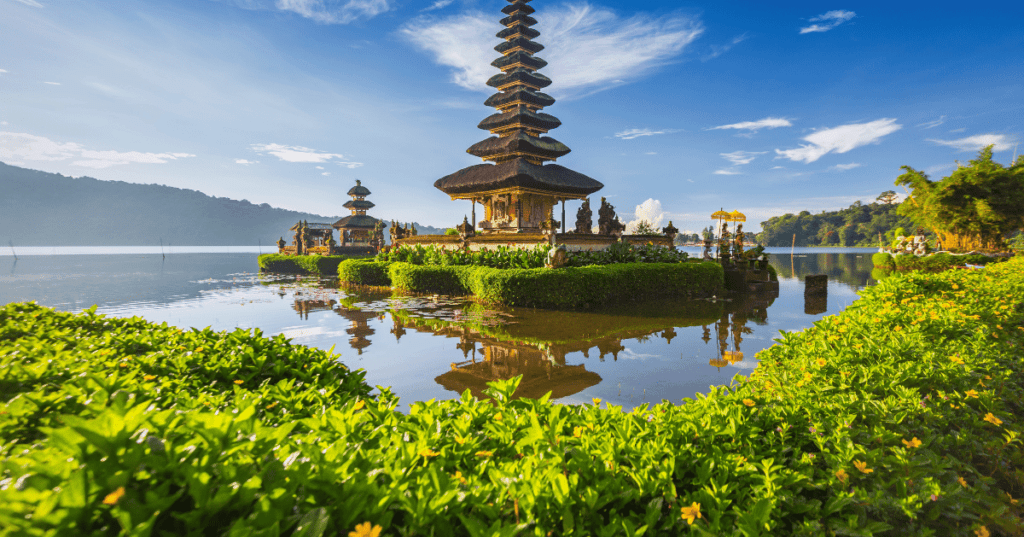Ready to explore Komodo National Park? You’re in the right place! Komodo National Park is Nestled off the coast of Flores in Indonesia. And it is a must-see on your travel list.
It’s a stunning destination, but figuring out the details, like the best time to visit, where to stay, and how long to stay, can be a bit complex.
That’s exactly why I have put together this guide. It’s packed with all the information you’ll need to visit Komodo National Park. By the end of this article, you’ll have everything you need to plan an unforgettable journey to these incredible islands.
Where is Komodo National Park Located?
Komodo National Park is in Indonesia, right between Sumbawa and Flores islands. It is a group of big and small islands. The three big islands are Komodo, Padar, and Rinca. All these islands are born from volcanoes, so they have lots of hills and mountains.
Now if we talk about Komodo National Park, It’s part of the Coral Triangle, an area known for having lots of different sea animals and plants. On the islands, you’ll find dry savannas and forests, along with beautiful beaches and blue sea.
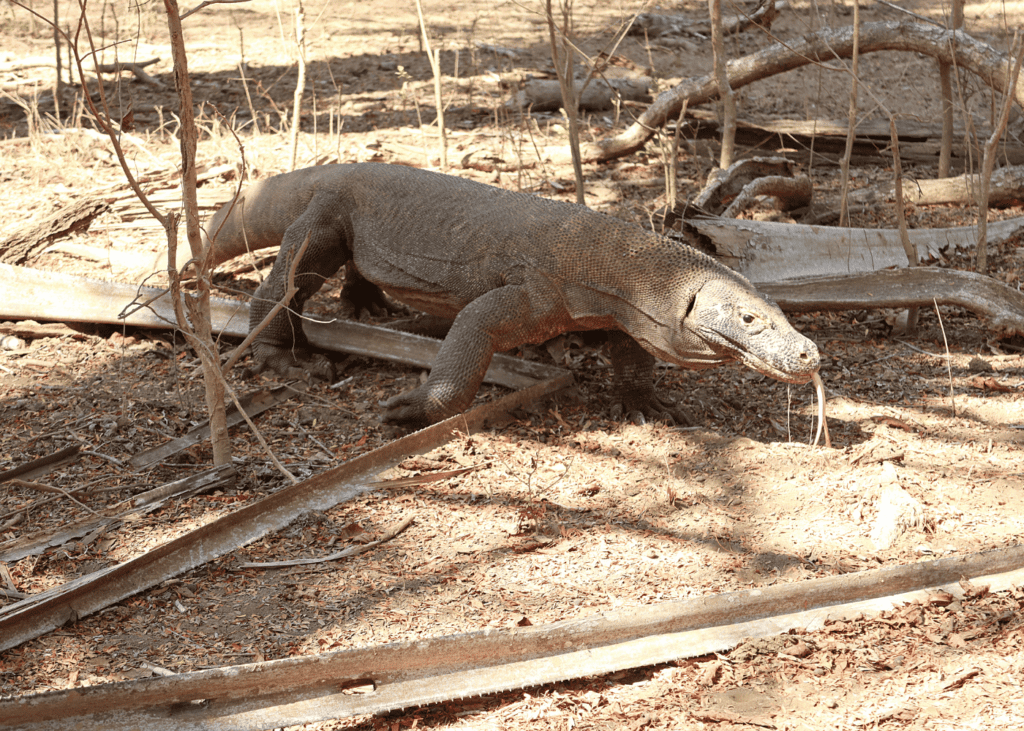
The park started in 1980 to protect the Komodo dragons. These are the world’s biggest lizards and live only here.
Since then, the park has worked to save all sorts of animals and plants, both on land and in the sea. Besides Komodo dragons, you can see deer, boars, and many birds. The sea around the islands has sharks, rays, and colorful fish living around the coral reefs.
How to Get to Komodo National Park from Bali?
If you are in Bali, you can directly head for Komodo in 3 ways. You can take a flight, Ferry or multi-day boat trips.
The most straightforward way is to fly from Bali to Labuan Bajo, the closest city to Komodo National Park. The flight is about 1 hour and 10 minutes. Prices for flights vary depending on the season and how early you book.
The second option, take a ferry from Benoa in Bali to Labuhanbajo in Flores. This ferry will take around 37 hours and costs between IDR 280,000 and IDR 350,000 for the economy class. This is a great option if you want to enjoy the scenic route.
And the last option is to take a multi-day boat trip from Lombok, Bali. This option is a bit more adventurous and allows you to explore several islands along the way.
However, these trips can be lengthy and the sea conditions can sometimes be challenging. Prices for these trips vary greatly, ranging from budget-friendly options at less than $50 per day to luxurious private charters costing thousands of dollars.
Once you arrive in Flores, you can join day trips to Rinca and Padar islands. If you’re up for more, consider 2 to 4-day cruises that include island hopping, snorkeling, and beach visits.
The general entrance fee to Komodo National Park is approximately IDR 150,000 (about USD 9.55) per day per person for foreign visitors on weekdays, and IDR 225,000 (around USD 14.32) on Sundays and national holidays.
For Indonesian visitors, it’s IDR 5,000 (USD 0.32) on weekdays and IDR 7,500 (USD 0.48) on Sundays and national holidays. Additional fees are charged for activities like trekking, wildlife viewing, snorkeling, diving, and photography.
Best Time to Visit? The ideal time to visit is during the dry season from April to October. This period offers the best weather conditions for both land and sea exploration.
Animals Live in Komodo National Park
Komodo National Park is best known for its most famous inhabitant, the Komodo Dragon (Varanus komodoensis). These giant lizards are unique to the park and found on islands like Komodo, Rinca, Gili Motang, and Flores.

They are the largest living species of lizard, growing up to 3 meters in length and weighing over 70 kg.
The park’s terrestrial fauna, although not as diverse as its marine life, includes several notable species. You’ll find the Timor rusa deer, which is a primary prey for the Komodo dragon, as well as wild boar, water buffalo, crab-eating macaques, and civets.

The park also hosts endemic species like the Rinca rat and a variety of bird species, including the orange-footed scrubfowl and the lesser sulphur-crested cockatoo.
The marine environment around Komodo National Park is part of the Coral Triangle, known for its high biodiversity. The waters are home to an array of marine species such as whale sharks, ocean sunfish, manta rays, eagle rays, pygmy seahorses, false pipefish, clown frogfish, nudibranchs, blue-ringed octopus, and a variety of dolphins and whales, including the blue whale and sperm whale. Dugongs, an endangered species, also inhabit these waters.
Where to Stay in Komodo National Park?
Komodo National Park have a range of accommodation options to choose from, depending on your preference and budget.
For Luxury Resorts check out Angel Island Eco Resort. It is located on a private island near Labuan Bajo and offers a tropical escape with private beaches, excellent snorkeling, and high-quality dining. It’s known for its excellent customer service and tranquil atmosphere.
The second recommendation for a luxury stay is Sudamala Resort. It is also located at Labuan Bajo. It is a 5-star resort in Labuan Bajo that offers luxurious amenities like an outdoor swimming pool, a fitness center, and beautiful garden views.
For Mid-Range options try The Jayakarta Suites Komodo Flores. It is located along Labuan Bajo Beach, this hotel offers comfortable accommodations surrounded by tropical greenery. It’s known for its friendly service and dive club.
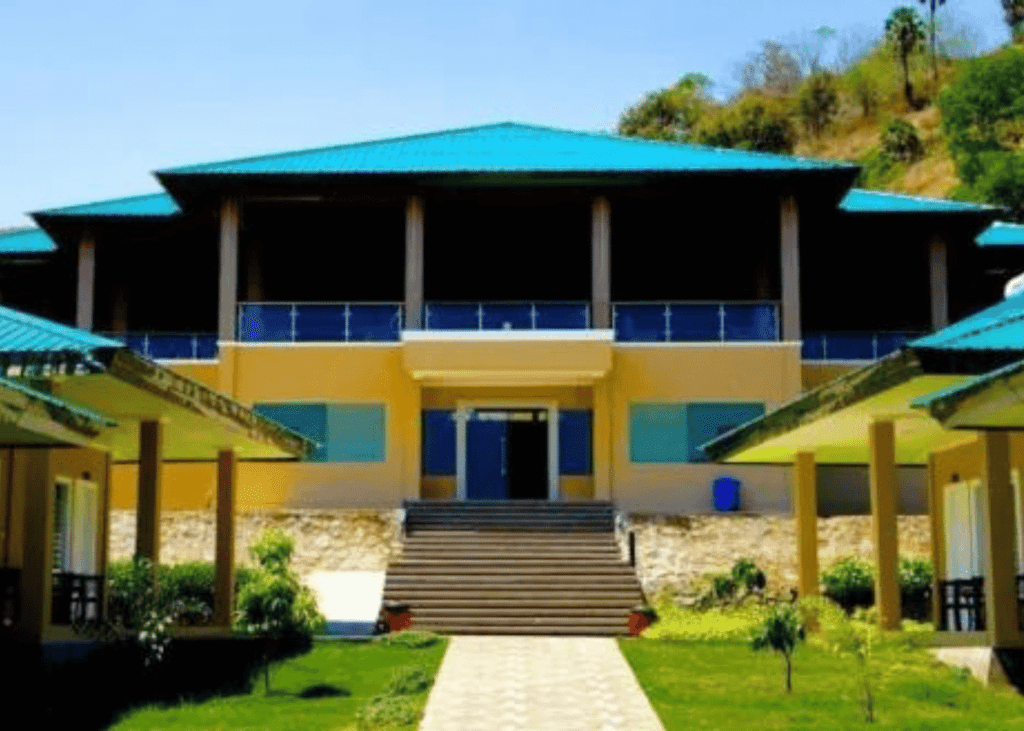
Another option is the Puri Sari Beach Hotel. They offer free Wi-Fi and an outdoor pool with panoramic views, Puri Sari Beach Hotel provides a comfortable and scenic stay. Guests appreciate the clean rooms and the proximity to sunset views.
And for budget-friendly stays, do check out AG Home Stay. It is a more economical option in Labuan Bajo that offers air-conditioned accommodations with convenient access to local attractions.
Lastly, Siola Homestay is ideal for travelers on a tight budget, this small guesthouse offers basic but clean accommodations near the ferry in Labuan Bajo.
What to Wear to Komodo National Park?
As a solo travelers I always try to pack only necessary items and comfortable clothing according to the weather of the place I am visiting, so I don’t have to carry too much luggage.
That is why I have made up a list of what to wear and what to pack for Komodo National Park.
- Wear light, breathable clothes that you don’t mind sweating in, as the climate is typically hot and humid.
- Opt for long-sleeved shirts and long pants to protect yourself from the sun and insect bites.
- A swimsuit is a must for water activities, and a coverup can be handy for quickly transitioning between land and water excursions.
- Sturdy hiking shoes are necessary for trekking, as the island has some rugged, uneven terrains.
- Bring water shoes or flip-flops for boat rides and beach visits, as you might have to wade through shallow water to reach some islands.
- Bring a hat and sunglasses, they are crucial for sun protection.
- Avoid dangling accessories or red clothing, as Komodo dragons can be attracted to these.
Other Essentials: - Pack a lightweight jacket or sweater as it can get cooler in the evening or early morning.
- Bring a backpack to carry water, snacks, and other essentials during your treks.
- Always carry reef-safe sunscreen and apply it generously, as the sun can be quite intense.
Bug spray is important, but avoid using it on islands with Komodo dragons. - Inform your guide if you are menstruating, as Komodo dragons have a keen sense of smell.
- Stay calm avoid sudden movements around the dragons, and always maintain a safe distance.
These are the few guidelines that I have learned during my trip to Komodo National Park, which I highly recommend you follow so you can ensure a comfortable and secure visit to Komodo National Park.
Is It Worth Going to Komodo National Park?
I would say It is worth going to Komodo National Park. It is a unique and worthwhile experience for various reasons. The park is not only famous for its Komodo dragons but also offers a range of other attractions and activities.
The main draw to the park is the Komodo dragons, the largest living lizards. Observing these creatures in their natural habitat is a rare and fascinating experience. The park provides a safe environment to watch these dragons, with guides ensuring visitors’ safety.
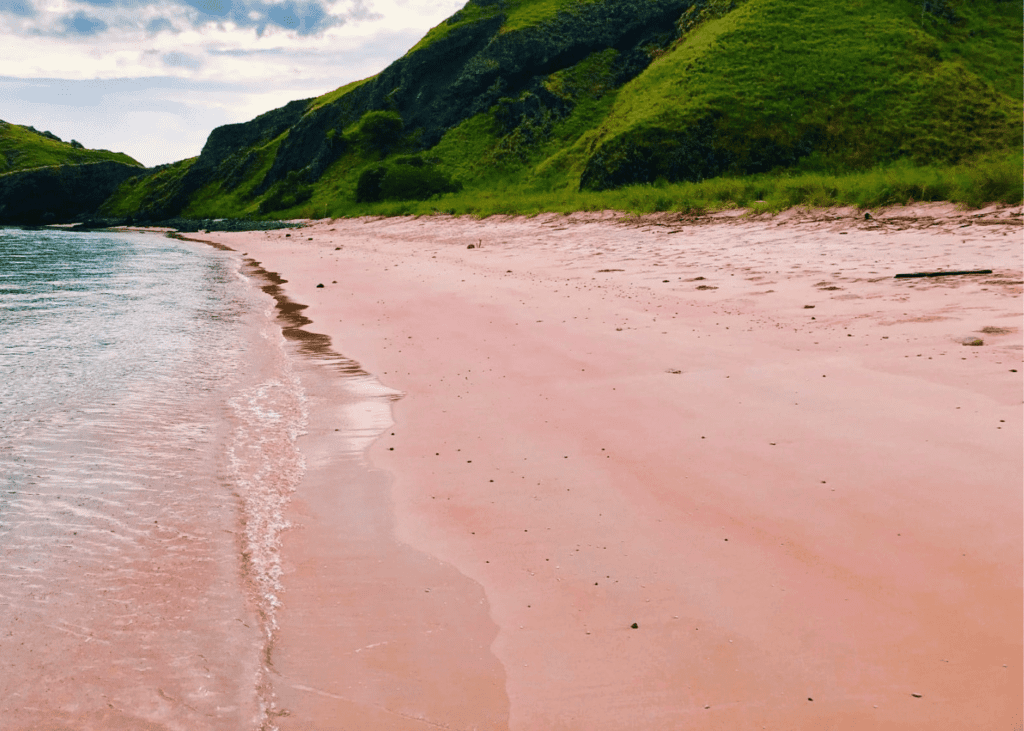
The park’s landscape is incredibly diverse, with volcanic islands, green hills, and beautiful beaches, including the famous Pink Beach. Pink Beach is known for its unique color, resulting from red coral fragments mixed with white sand.
The waters around the Komodo National Park are part of the Coral Triangle, known for its high marine biodiversity. Snorkelers and divers can explore vibrant coral reefs and encounter a variety of marine life, including manta rays, sea turtles, and colorful fish.
The islands within the park, such as Padar Island, offer excellent opportunities for hiking. The treks may lead you to breathtaking viewpoints, showcasing panoramic views of the surrounding landscapes.
On certain nights, the shores of Komodo Island display a natural phenomenon known as bioluminescence, where marine plankton lights up the water, creating a stunning spectacle. I had the same experience in Cocoa Beach Florida. Never thought that I would experience the same anywhere else.
Compared to other tourist destinations in Indonesia, Komodo National Park is less crowded, which suits me to explore it more comfortably and also at a reasonable price.
While there are risks associated with visiting the park, such as the potential danger from Komodo dragons, these are well-managed with safety measures and guidelines. Visitors are advised to follow the rules, such as staying with guides and avoiding close interaction with the dragons.
Overall, Komodo National Park offers a blend of adventure, natural beauty, wildlife observation, and cultural experiences. Which makes it a worthwhile destination for many travelers.
You may also like:
- Gili Island Indonesia – All You Need to Know!
- Is Indonesia Safe for Solo Female Travelers
- 10 Fun Things To Do in Canggu Bali
- 25 Best Beaches in Bali Indonesia
- 17 Most Beautiful Places in Bali Indonesia
Final Thought about Komodo National Park
So, that was everything about Komodo National Park I wanted to share. If you’re thinking about a visit, I highly recommend it!
This park is a fantastic destination with so much to offer throughout the year. Experience its breathtaking beaches, thrilling hiking trails, and spectacular diving spots.
The park is not only home to the majestic Komodo dragons but also has a rich history and a diverse array of wildlife. And let’s not forget the unique Pink Beach and the cultural insights you can gain from nearby communities.
Looking for accommodation? You’ll find several comfortable options in Labuan Bajo and the surrounding areas, ranging from luxurious resorts to budget-friendly stays.
So, pack your bags, get ready for an unforgettable experience, and make sure to respect the natural habitat of the incredible creatures you’ll encounter.
FAQs Related to Komodo National Park
What are the best times to visit Komodo National Park?
The ideal time to visit is from April to October, during the dry season. This period offers great weather for outdoor activities and excellent water visibility for snorkeling and diving.
How do I get to Komodo National Park?
The most common way to reach the park is by flying to Labuan Bajo from major Indonesian cities like Jakarta, Bali, and Surabaya. Airlines like AirAsia, Garuda Indonesia, and Lion Air offer flights.
What are the entry fees for Komodo National Park?
The entrance fee is IDR 1,355,000 per person. This includes the entrance and trekking fees for Komodo and Padar Islands, ranger services, snorkeling fees, local retribution tickets, and a wildlife conservation contribution.
Are there any guided tours available for Komodo National Park?
Yes, guided tours are widely available and highly recommended for safety and the best experience. These tours often include visits to multiple islands, trekking with rangers, snorkeling, and sometimes diving opportunities.
Is it safe to trek in Komodo National Park?
Trekking in the park is generally safe as long as you stay close to your guide. It’s important not to trek alone, as Komodo dragons can be dangerous. Menstruating women can visit but should inform the park staff of extra precautions.
Can I touch the Komodo dragons?
No, touching the Komodo dragons is strictly prohibited for safety reasons. While they may appear motionless at times, they are not sedated and are capable of sudden movements. Keeping a healthy distance from the dragons is essential.
What else to do in Komodo National Park besides seeing the dragons?
The park offers a range of activities including hiking to scenic viewpoints like Padar Island, visiting unique pink sand beaches, snorkeling and diving in rich marine sites, and experiencing the bioluminescence on certain beaches.

